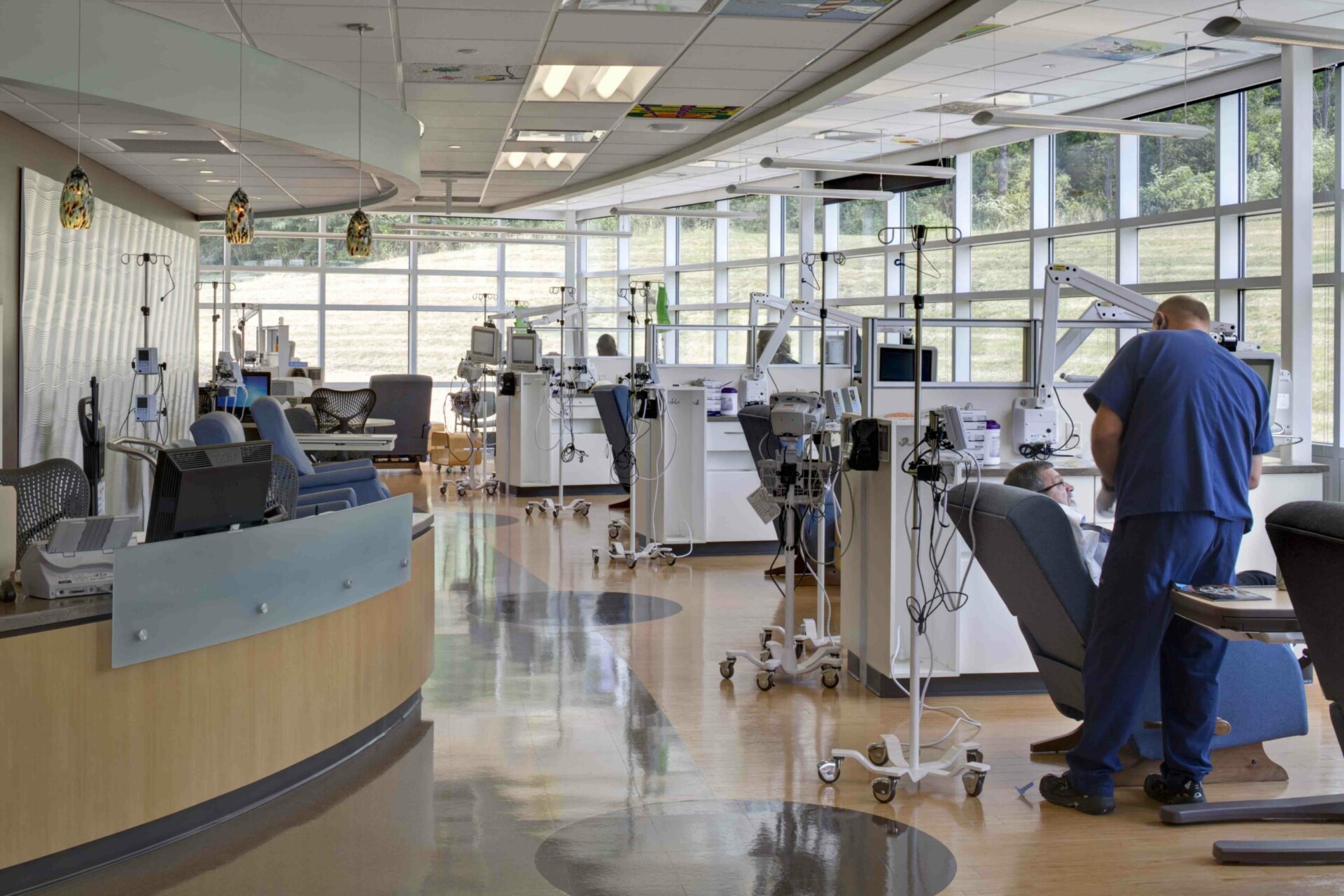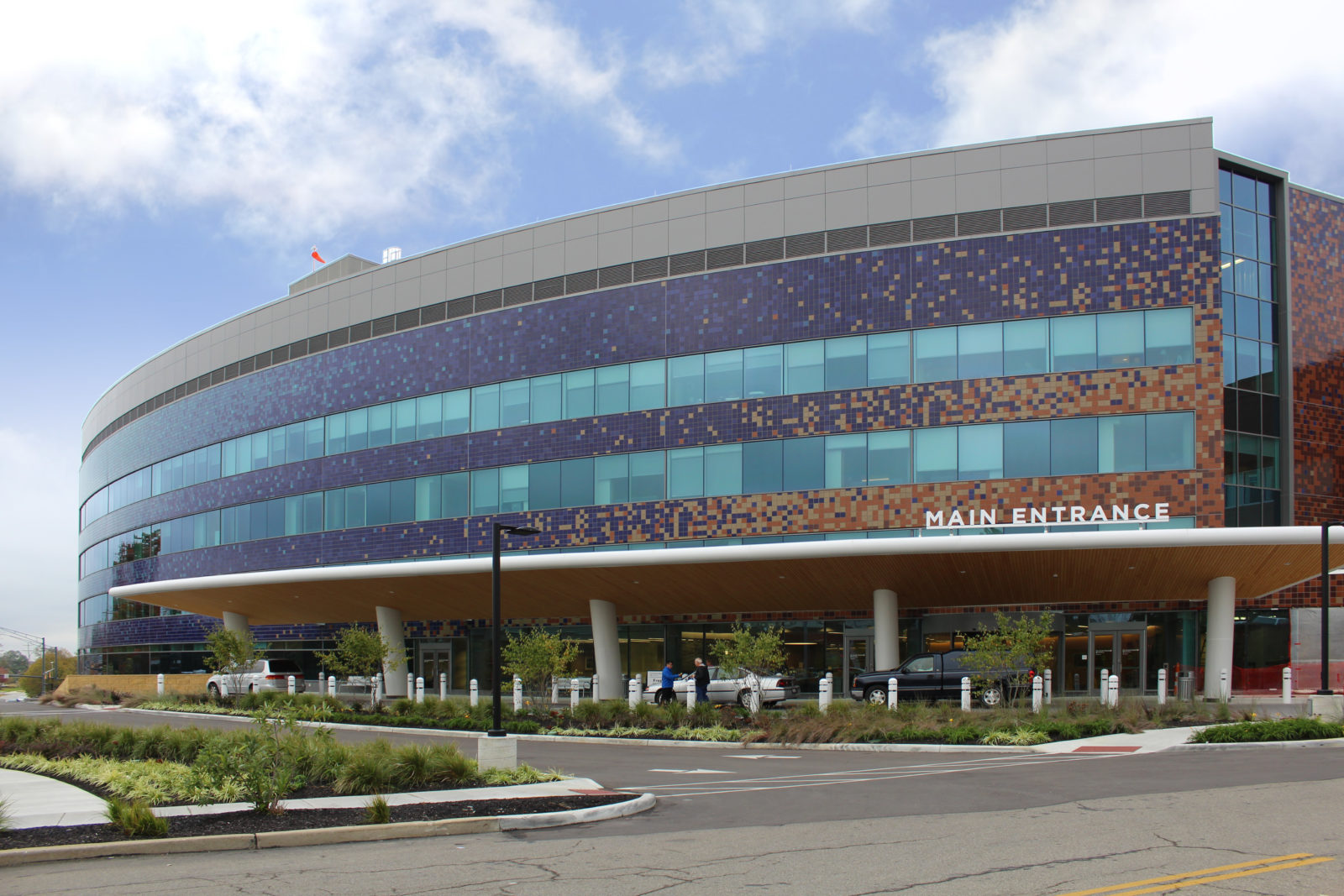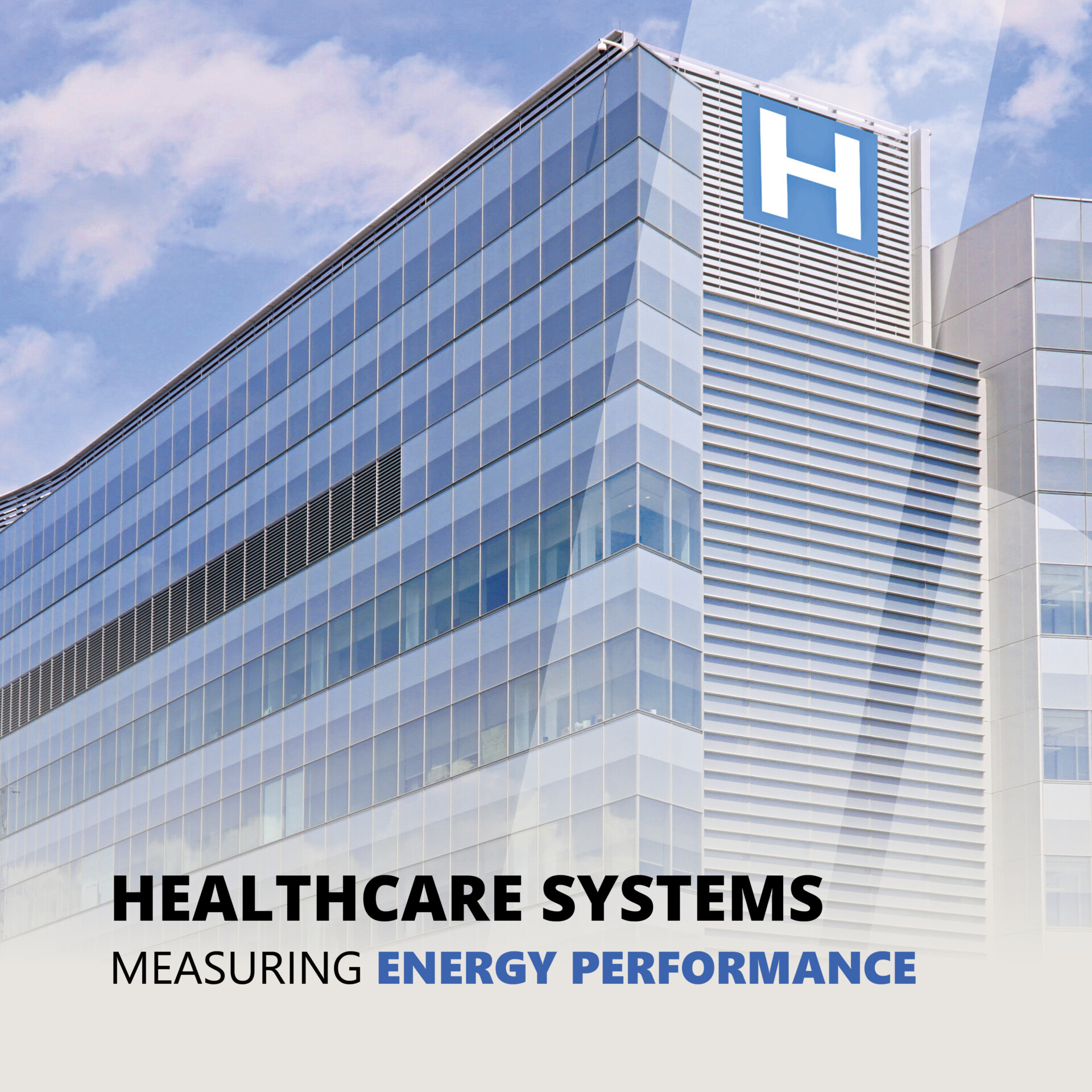
As part of World Cancer Day (Feb. 4), we want to highlight the top five design considerations for building a modern cancer care center, with a focus on how innovative engineering and design can help “Close the Care Gap” where patients receive care.
Feeling at Home
Cancer patients often spend hours at a time in healthcare facilities, either during consultation with their care team or receiving treatment.
To put patients at ease, we work closely with our architecture partners to design rooms to be more spacious and cozier. We ensure that hallways and entrances are easy for all patients to navigate, improving accessibility for those with mobility restrictions or neurological impairments.
Incorporating artwork and improved color schedules can also make a room more welcoming or create a sense of familiarity, helping to reduce anxiety in new environments.
Not One Size Fits All

When it comes to improving healthcare equity, giving patients more control over their healthcare experience is key.
When we design cancer treatment facilities, we make sure that patients are given control over their environment, so they can be more comfortable based on their personal needs and preferences.
For example, we design appropriate HVAC zoning to offer patients increased control over their room temperature. Many medications can impact body temperature, so having a comfortable room can make a big difference in someone’s treatment experience.
We might also evaluate the facility’s central HVAC to create a more robust system that minimizes the chance of system failure. We may use a combination of radiant heat and traditional blowers, as well as work to ensure that air distribution does not create unnecessary drafts on patients. This flexibility helps us meet the diverse needs of patients.
Privacy and Dignity
 Cancer can be a devastating diagnosis, and patients have different psychological needs based on their cultural and personal norms. Some individuals will want maximum privacy while receiving care, while others may seek out other patients because they crave personal connections and community.
Cancer can be a devastating diagnosis, and patients have different psychological needs based on their cultural and personal norms. Some individuals will want maximum privacy while receiving care, while others may seek out other patients because they crave personal connections and community.
We design cancer treatment areas to offer both private rooms and communal spaces, allowing patients personal agency when it comes to how they want to be treated and receive care.
Designed for Wellness
We spend more than 80 percent of our time inside buildings, and the indoor environment can have a profound impact on our health and wellness. When it comes to cancer treatment facilities, we use proven design approaches to ensure the patient experience supports treatment and recovery.

We design HVAC systems with appropriate ventilation and filtration to provide the highest indoor air quality possible for patients, many of whom may have compromised immune systems. At Mercy Health’s Jewish Hospital, our team collaborated to create a facility that delivers exceptional indoor air quality and the highest-quality cancer care with a dedicated Bone Marrow Transplant Floor, which was part of a $80 million expansion. Additionally, a new infusion clinic is set to open in 2022.
Another important technique is to make use of natural light, which can support improved mental function and reduce stress. However, too much daylight can expose patients to excessive glare and physical distress, so having the right balance of daylighting controls will ensure patients experience the benefits of more natural light without the drawbacks.
We also use biophilic design elements that bring the outside world inside the facility to create “green” spaces, which has been proven to reduce stress and anxiety, improve cognitive function, and enhance mood. For example, at the TriHealth Thomas Comprehensive Care Center in Cincinnati, the design team created a three-story living plant wall that runs the entire length of the atrium.
As engineering design experts, we work with the team to ensure that any live plants and design elements are functional, sustainable, and ease to maintain.
Seamless Technology Integration
Technology is a pivotal part of modern healthcare facility design, and it should not be an afterthought. We work with the design and construction team to keep technology top of mind from project concept to completion.
Seamless integration of technology (e.g., audio/visual, wireless, and security systems) makes the interior aesthetic of the building more pleasing and the technology easier to use. We want to make sure these systems are functional and accessible for all patients.
In addition, technology can provide an important and welcome distraction for patients spending hours at a time in treatment and consultation with medical professionals.
Cancer affects all people, yet health disparities persist today that negatively impact racial and ethnic minorities and lower-income populations. World Cancer Day is a global effort led by the Union for International Cancer Control to raise awareness and improve cancer prevention, diagnosis, and treatment.
Together, we can help reduce disparities and ensure that all cancer patients have equitable treatment and care.
Learn more about how you can help #CloseTheCareGap at worldcancerday.org





